The Art of Negative Space: Minimalist Nail Designs You’ll Love
In recent years, the world of nail art has seen a significant transformation. While vibrant colors, intricate designs, and embellishments have historically dominated the scene, a new trend has emerged that emphasizes simplicity and elegance: negative space nail designs. Unlike conventional nail art that relies heavily on colors and decorations, negative space art utilizes the unpolished areas of the nail as an integral part of the design. This article explores the origins, techniques, and myriad possibilities of negative space nail art, all while celebrating its minimalist appeal.
Understanding Negative Space in Nail Art
Negative space, in art and design, refers to the area surrounding the main subject or design. In nail art, it means leaving parts of the nail unpainted to create shapes, patterns, or even visual illusions. This technique leverages the natural color of the nail as part of the design, resulting in a striking contrast that can be both bold and understated.
The Roots of Minimalism in Art
The minimalist movement in art emerged in the late 1950s and continued to evolve throughout the following decades. It focused on simplicity, practicality, and a reduction of forms to their essential elements. This ethos resonates with negative space nail designs, where the aim is to create beauty without overcomplicating the aesthetic.
The Psychological Appeal of Negative Space
In an age overwhelmed by distractions and visual noise, negative space offers a breath of fresh air. The minimalist approach fosters a sense of calm and clarity. Psychologically, studies have shown that minimalism can reduce anxiety and increase focus, making it increasingly appealing in various design aspects, including nail art. This notion enhances the popularity of negative space, offering nail enthusiasts not just a style, but also a therapeutic experience.
Techniques for Creating Negative Space Nail Art
Negative space nail art can be achieved through several techniques, each allowing for unique expressions of creativity. Below are some popular methods:
1. Geometric Designs
Using tape, artists can create clean lines and geometric shapes. By painting around the tape, negative space can be established in various forms, such as triangles, squares, or asymmetrical designs. This approach requires precision but rewards with striking visuals.
2. Abstract Patterns
For those who enjoy an organic flow, abstract styles can be perfect. Artists can brush on colors in swirling patterns, purposely leaving sections of the nail bare. This technique can mimic brush strokes, creating a fluid and dynamic appearance.
3. Nude Bases
Utilizing nude polish as the base color, negative space designs often look more refined. This color can enhance natural nail tones, allowing the negative spaces to pop. This approach works particularly well for anyone who prefers a more subtle, sophisticated look.
4. Dual Tones
One of the simplest methods involves using two contrasting colors to create a minimalist design. By painting half of the nail with one color and leaving the other half bare, artists can create a chic and modern look that screams sophistication.
5. Dot and Line Techniques
Dots and lines can be combined with negative space to create stunning visuals. Using a dotting tool or fine liner, beautiful patterns can emerge while still allowing natural nail color to show through.
6. Floral Designs
Negative space lends itself particularly well to floral designs. By painting the flowers and leaves while leaving the background unpolished, a fresh and airy look can be created. A simple daisy or sophisticated rose can transform the nail into a piece of art.
7. French Twist
The classic French manicure can be reinvented through negative space. Instead of a fully painted tip, leaving parts of the nail bare creates a modern take on this timeless style. The traditional white can be replaced with various colors, making it more versatile.
Popular Negative Space Nail Art Designs
1. The Classic Negative Space French Manicure
This design involves traditional white tips combined with an unpolished base. It showcases elegance tailored for any occasion, whether it’s a day at the office or a night out.
2. Chevron Patterns
Using tape, chevron designs can be created easily. The sharp angles juxtaposed against unpainted spaces create a sharp look that is both trendy and appealing. This design is fantastic for adding a hint of playfulness.
3. Half-Moon Manicure
Borrowing from retro styles, the half-moon design showcases negative space at the nail base. It can be accentuated with various colors, creating a vintage yet contemporary look.
4. Minimalist Stripes
Simple horizontal or vertical stripes delivered through one painted color juxtaposed against uncolored nail space provide a contemporary artistic feel. These designs can be customized with various widths for a personalized touch.
5. Mixed Textures
Combining matte and glossy finishes on a negative space canvas creates an intriguing visual contrast. By alternating finishes, artists can add more depth to their designs.
6. Negative Space Hearts
Ideal for special occasions or just for fun, heart shapes can be drawn in wet polish using negative space to create an adorable look that adds a hint of romance to your nails.
Choosing Color Combinations
The color palette is essential in negative space nail art, as it greatly impacts the design’s visual effect. Here are some combinations to consider:
Monochromatic
Sticking to a single color inside the negative spaces can offer a sleek, uniform look. The minimalist aesthetic thrives on monochromatic designs, making it a timeless choice.
Contrast
Combining contrasting colors elevates negative space nail art. For instance, opting for a deep blue against a pale beige creates a stunning visual hierarchy. Exploring contrasting palettes can lead to eye-catching designs that draw attention.
Pastels
Soft pastels convey warmth and softness. These colors, paired with bright negatives, can offer a summery feel. Light pinks, mint greens, and baby blues are popular choices for those who want something more subtle.
Earthy Tones
For a more natural look, earthy tones like terracotta, olive green, or taupe can be paired with negative spaces. This earthy aesthetic connects well with the theme of minimalism, exuding both tranquility and warmth.
The Cultural Influence of Negative Space
Symbolism and Cultural Roots
Negative space has long been appreciated in various cultures, particularly in traditional Japanese art forms. The principles of Zen philosophy emphasize simplicity and the beauty of ‘emptiness,’ mirroring the essence of negative space. By incorporating this philosophy into nail designs, artists can evoke a sense of serenity and mindfulness.
References in Popular Culture
In fashion and popular culture, negative spaces have increasingly made an appearance. High-end fashion shows often feature models flaunting nail designs that utilize this principle. As designs grow more abstract and avant-garde, negative space offers a canvas for unparalleled creativity.
How to Care for Negative Space Nails
To maintain a clean and polished look while using negative space, proper nail care is crucial.
Regular Nails Maintenance
Regularly trimming and filing nails will ensure that the shape is maintained, enhancing the appeal of negative space designs. Dusting under the nails and keeping cuticles in check creates a cleaner foundation for designs.
Protection
Using a base coat is vital to protect the nails from potential damage and staining, especially when applying darker colors. Additionally, top coats can help maintain longevity, preventing chips and worn edges from taking away from the appearance of the design.
Hydration
Keeping hands and nails moisturized contributes to overall nail health. Using cuticle oil can help prevent dryness and maintain an attractive appearance.
Conclusion: Celebrate the Beauty of Negative Space
Negative space nail art stands as a testament to the beauty of simplicity. It offers a refreshing alternative to elaborate designs, allowing individuals to express their creativity while maintaining an elegant and minimalist aesthetic.
As we move further into a world increasingly dominated by clutter, negative space serves as a reminder of the power of simplicity. Whether you’re a seasoned nail artist or a newcomer to the realm of nail design, exploring the possibilities of negative space can lead to stunning results.
As this technique continues to reshape the landscape of nail art, it’s clear the art of negative space is here to stay. Its minimalist elegance resonates with a wide audience, making it a beloved choice for diverse styles and occasions. So, why not give this trend a try? You may just find that simplicity, in all its glory, is the ultimate form of sophistication.
Footnotes
- Modern sources detailing the origins and impact of minimalist art can be found in various art history texts and journals.
- Psychological studies emphasizing the benefits of minimalism are discussed in publications exploring mental health and design.
- Various nail art techniques and their professional applications are extensively documented in beauty industry magazines and online platforms catering to nail professionals and enthusiasts.
With the rise of negative space nail designs, you have the perfect opportunity to embrace the elegance of minimalism. Whether you’re seeking inspiration for your next nail appointment or looking to master the art yourself, the possibilities are endless. Let your creative essence shine through the beauty of negative space!







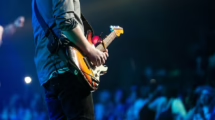
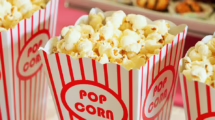



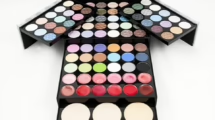
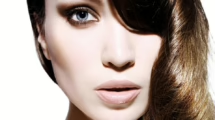
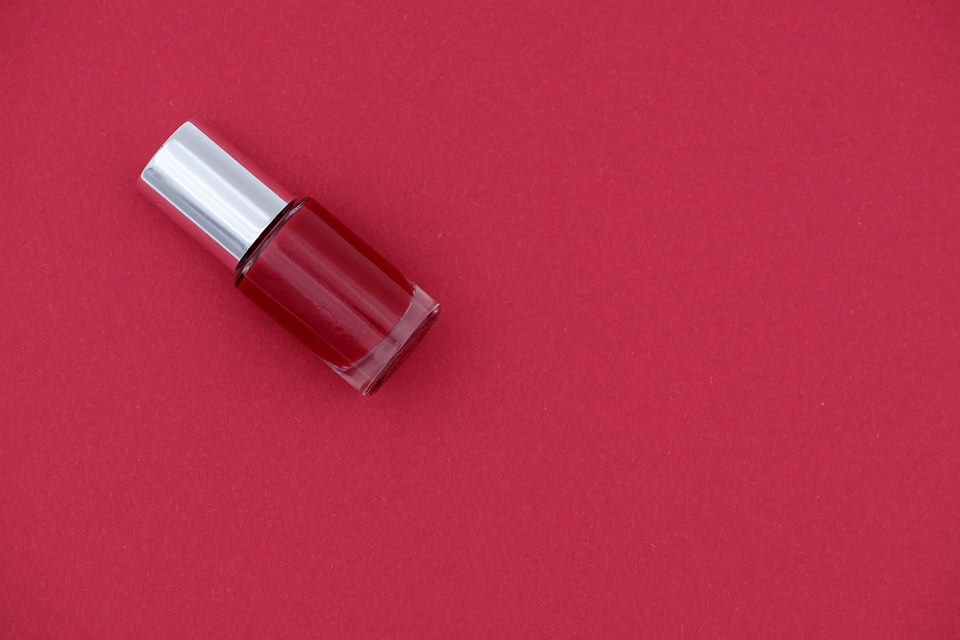
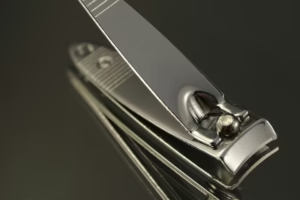
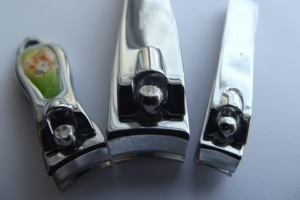

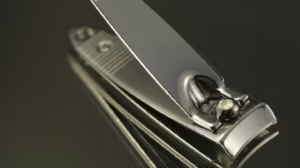
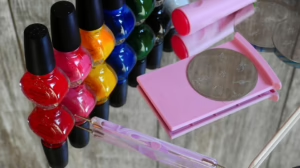





Add Comment